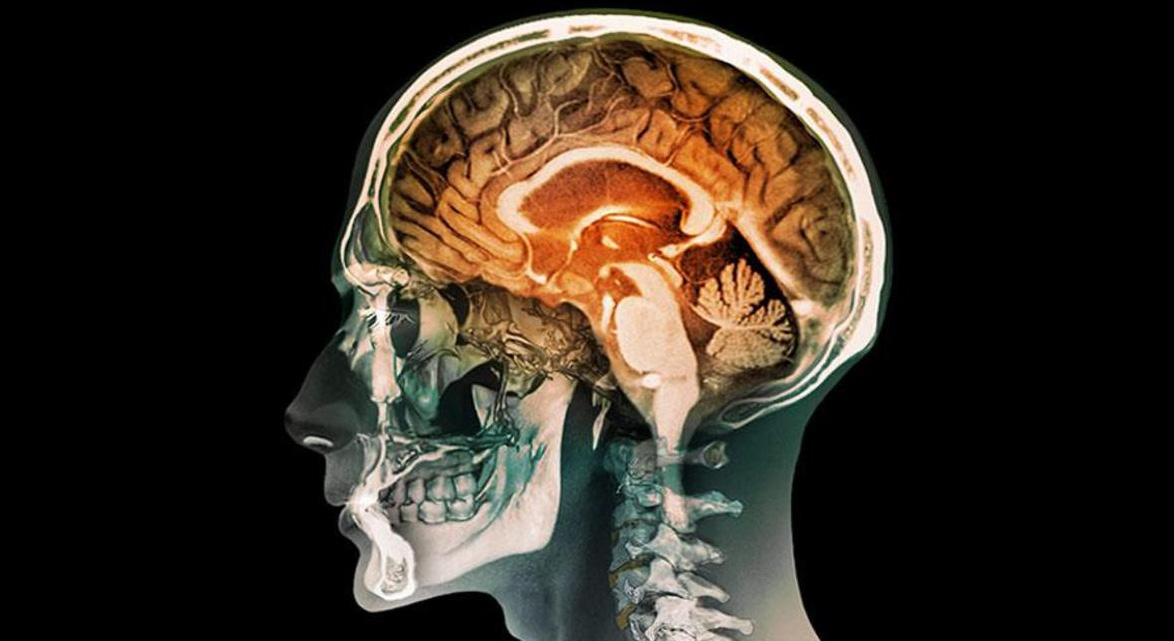Paper details
Multiple sclerosis (MS) is the most frequent neuroinmune demyelinating disease of the central nervous system (CNS). It is characterized by the loss of motor and sensory function that results from immune-mediated inflammation, demyelination and axonal damage1. MS is a complex disease that can be presented into four clinically-defined variants, depending on the symptom progression: the relapsing-remitting (RRMS), the secondary progressive (SPMS), the primary progressive (PPMS) and the progressive relapsing (PRMS)2. Given that misdiagnosis is very common, the optical coherence tomography (OCT) has been recently included as a new diagnostic tool.

This methodology enables a real time quantification of retinal damage, including the ganglion cells and their axons5. Although increasingly common in the clinical use, nothing is known about OCT application in animal models and its usefulness for the evaluation of disease progression. In preclinical studies, the experimental autoimmune encephalomyelitis (EAE) for RRMS3 and the Theiler’s murine encephalomyelitis virus-induced disease (TMEV-IDD) for PPMS4 represent two of the most used animal models for MS. These models have been widely use for the preclinical evaluation of the current treatments.
In this work, we present a study trying to establish a correlation between OCT data and the clinical course of EAE. Besides, this tool has been used for evaluating the effect of the new promising remyelinating drug, i.e. VP 3.15, that has been previously investigated in vitro and in vivo6. Finally, we took advantage of the TMEV model, which more closely recapitulates the viral theory of MS and it is other model to assess the remyelinating effect of the VP3.15. An effective remyelination was assessed in both models by a complete histological analysis of oligodendroglial cells, axons, microglia and myelin. The results presented here add new insights into the strategies for both diagnosis and treatment of multiple sclerosis.
References:
1 Karusis, D. The diagnosis of multiple sclerosis and the various related demyelinating syndromes: A critical review. Journal of autoimmunity 2014, 48-49, 134-142.2 Lublin, FD.; et al. Defining the clinical course of multiple sclerosis. Neurology 2014; 83:278–286.
3 Steinman, L.; Zamvil, SS. How to Successfully Apply Animal Studies in Experimental Allergic Encephalomyelitis to Research on Multiple Sclerosis. Ann Neurol 2006; 60:12–21.
4 Mecha, M; Carrillo-Salinas, FJ; Mestre, L; Feliú, A; Guaza, C. Viral models of multiple sclerosis: Neurodegeneration and demyelination in mice infected with Theiler’s virus. Prog Neurobiol 201; 101-102:46-64.
5 Manogaran, P.; Hanson, J.V.M; Olbert, E.D.; Egger, C.; et al. Optical Coherence Tomography and Magnetic Resonance Imaging in Multiple Sclerosis and Neuromyelitis Optica Spectrum Disorder. Journal of Molecular Sciences 2016.
6 Medina-Rodríguez, E.M.; Bribián, A.; Boyd, A.; Palomo, V.; et al. Promoting in vivo remyelination with small molecules: a neuroreparative pharmacological treatment for Multiple Sclerosis. Sci Rep 2017; doi: 10.1038/srep43545.


